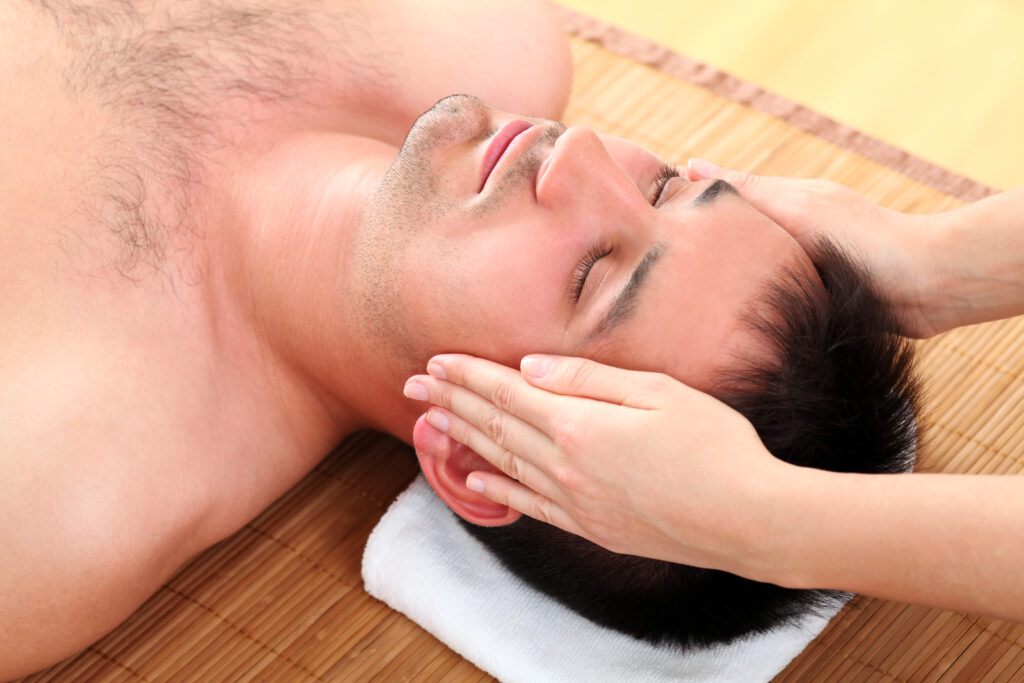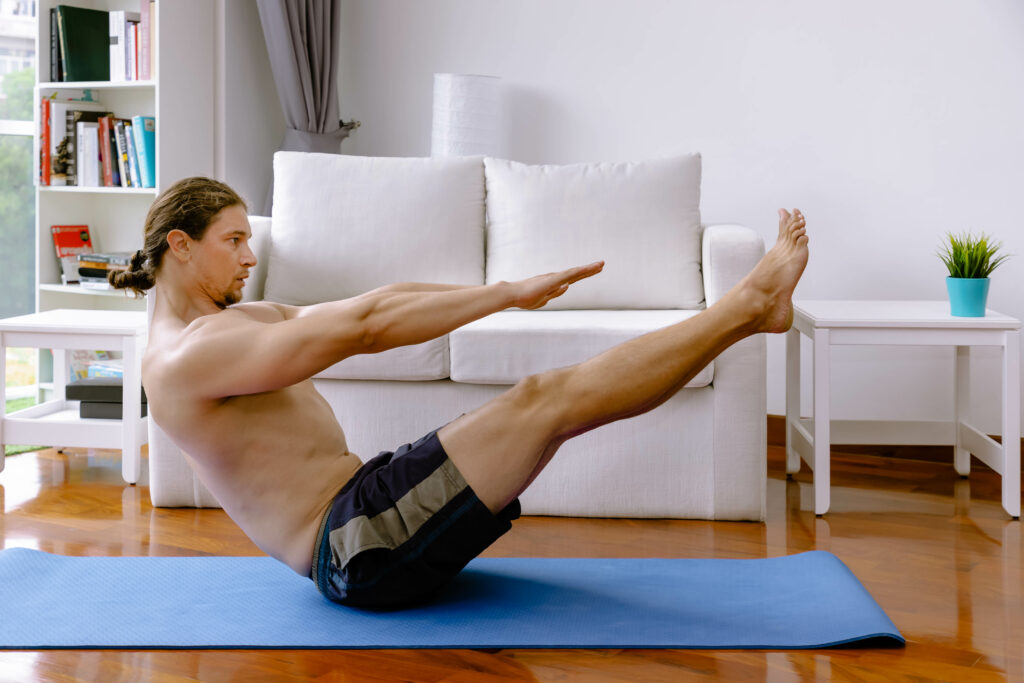Table of Contents
A Step-by-Step Guide to the Ultimate Psoas Release
Tightness in the hip flexors, specifically the psoas muscle, is a common issue for many people, leading to discomfort and limiting mobility. Fortunately, it’s possible to relieve this tightness in just 20 seconds.
In this article, we’ll explore a comprehensive method to not only temporarily relieve psoas tightness but also ensure these changes last a long time.
Here are the techniques.
Introduction to Psoas Relief

The journey to relieving psoas tightness begins with understanding the muscle’s role in our body. The iliopsoas, often referred to simply as the psoas, is crucial for various movements, including hip flexion and spinal support.
When this muscle becomes tight, it can lead to discomfort in the front of the ab wall or hip flexor area. The initial step towards relief involves a simple, gentle push technique near the top of the pelvis, which can provide immediate relaxation. This method requires minimal equipment — just a couple of pads or pillows for support.
Beyond Stretching: A Holistic Approach
Addressing psoas tightness requires more than just stretching. It needs a holistic approach that considers the muscle’s broader functions, including its relationship with the thoracic diaphragm, our primary breathing muscle. To achieve long-term relief, it’s essential to incorporate exercises that emphasize proper breathing mechanics.
- Active Psoas Release Variation: Similar to the initial release, but involves an active component to engage the muscle more deeply.
- Positioning: Lie on your side against a wall, using a medicine ball or foam roller for added resistance.
- Engage in Controlled Breathing: With a focus on maintaining pressure, extend your top arm and leg, ensuring your back doesn’t arch. Breathe in silently through the nose and out softly through the mouth.
- Routine: Aim for five sets of five breaths, twice daily, over two to four weeks.
Advanced Psoas Relaxation Techniques
Once you achieve initial relief, it’s time to further challenge the muscle with advanced exercises designed to enhance mobility and reduce tightness over the long term.
Leg Lowering and Active Releases

Leg Lowering Exercise:
- Lie on your back, knees apart and feet together. Weight on the PSIS.
- Ensure your upper back remains flat against the ground.
- Alternately lower each heel to the ground, maintaining spinal alignment.
- Slow breathing during
- Perform two to three sets of six to 12 reps per side, twice daily.
Active Psoas Release on Knees and Forearms:
- Position your hips and shoulders at a 90-degree angle, forming a triangle with your forearms.
- Distribute weight through your knees and elbows, focusing on maintaining even pressure.
- On inhale, shift weight and extend the opposite arm and leg, keeping your core engaged.
- Alternate sides for two to three sets of six to 12 reps, twice daily.
The Importance of Proper Posture and Movement
Besides targeted exercises, addressing overall posture and movement patterns is crucial for long-term psoas health. Many individuals with tight hip flexors also exhibit an anterior pelvic tilt, a posture that can further exacerbate muscle tightness. Understanding how to improve this tilt (and the mobility restrictions) can be a significant step towards achieving lasting relief.
Sum Up
Relieving psoas tightness is more than a quick fix; it requires a dedicated approach that addresses the muscle’s function, proper breathing mechanics, and overall posture. By incorporating the techniques and exercises outlined in this guide, you can effectively reduce discomfort, improve mobility, and achieve a healthier, more balanced muscular system.
Remember, consistency is key to seeing long-term results, so incorporate these practices into your daily routine for the best outcomes.
Embracing a comprehensive approach to psoas relief can transform your physical health, leading to improved movement, reduced discomfort, and a greater quality of life.
